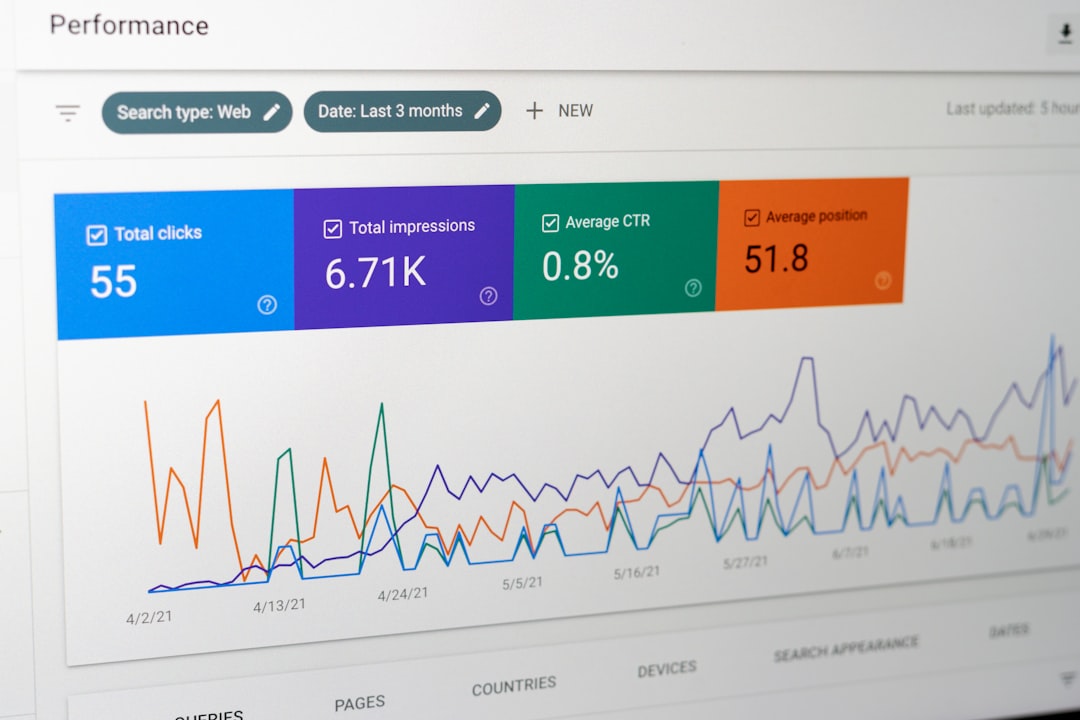Ever checked your analytics dashboard and wondered, “Why are my numbers so high?” It might not be because your app just went viral. You could be counting the same event more than once across different tools. Let’s talk about how to de-duplicate analytics events so your data tells the truth.
What’s the Deal with Duplicate Events?
Different analytics tools track the same events in different ways. If you’re using tools like Google Analytics, Mixpanel, and Segment all at once, guess what? They might all record the same event—like a user signing up—as their own entry.
This means your “New Signups” might look like 300 when it’s actually just 100. That’s a big problem if you make decisions based on those numbers.
Why Are Tools Overlapping?
Most teams use several analytics tools to get different views of the customer journey. That’s a good strategy. But it also increases the risk of overlap.
Here’s how it usually happens:
- You track events with Google Analytics using custom code.
- Mixpanel is included via your app SDK and picks up the same events.
- You’re using Segment to send data to other tools, and now that signup event is going everywhere—again.
Suddenly, one action becomes three or more “events” in your reports.
Why Is This a Problem?
Duplicate analytics will skew your data. You may:
- Over-report users and actions
- Misunderstand conversion rates
- Waste time debugging phantom trends
- Make bad product decisions based on inaccurate info
That’s a lot of downside for something you probably didn’t even know was happening!
How to De-duplicate Events
Great news—this is fixable! Here are some easy ways to make sure every event gets tracked just once.
1. Use a Single Source of Truth
Pick one platform—like Segment or RudderStack—to handle all your event tracking. This is called a “Customer Data Platform” (CDP). You send events there, and it pipes them out to other tools.
That way, you can control exactly what gets sent and to whom.
Why it’s awesome:
- Control all events from one place
- Prevent duplicates going to tools like Google Analytics and Amplitude
- Turn tools on/off without changing app code
2. Avoid Tracking the Same Event in Multiple Places
If you’re sending events from your front-end, back-end, and CDP, make sure they don’t overlap. Create a clear document that lists all events and where they come from.
Example:
- Sign Up Event comes only from the front-end
- Purchase Completed comes from the server
- Page Views come from Segment auto-track
This way, you don’t accidentally track things twice (or three times).
3. Add Unique Event Identifiers
Add a unique ID to each event. This helps tools ignore duplicates based on the same ID. Think of it like a fingerprint for your event.
Many platforms allow event_id or message_id properties. Use them!
This is super helpful when:
- Events come from multiple devices
- There are retries or timeouts involved
- User actions seem the same but aren’t
4. Turn Off Auto-Tracking (If You Don’t Need It)
Some tools auto-track things like clicks or page views. That sounds useful, but it may double up on your manual tracking.
Always check your tool’s settings. Disable anything that overlaps with your planned events.

5. Build a Clean Event Taxonomy
Your event naming should be clear and consistent. That makes it easier to spot if something is being sent twice.
Good pattern: user_signed_up, item_purchased, page_viewed
Bad pattern: signup, SignUp, user_signup
The better organized your events are, the easier it is to control duplicates.
De-Duping in Segment (Example)
Let’s say you use Segment. Here’s how to stop duplicate events from spreading:
- Set up a single source (frontend, backend, or server)
- Use
integrationsobject to control where each event gets sent - Turn off destination tools that auto-track (like GA auto pageviews)
- Add
messageIdto help Segment detect duplicates
Segment is really smart. It can automatically de-duplicate many events if configured well.
How to Check if You Have Duplicates
Wondering if you’re already counting too much? Here’s how to audit your system:
- Pick one key event (like user_signed_up)
- Check how many tools track it
- Match timestamps across platforms
- Look for same events with milliseconds difference—those are duplicates
You might even export the events and look for patterns in a spreadsheet or database.

What About Offline Devices?
Here’s a tricky one. A user makes a purchase offline. When they reconnect, the event fires again. Suddenly, your numbers double up.
To fix this, use the unique ID method we talked about earlier. It ensures repeated events are recognized as the same when they finally get sent.
Work with Your Team
Data problems are team problems. Engineers, analysts, marketers—everyone needs clean data.
Plan together:
- Define what each event means
- Decide which tool receives it
- Design naming rules
That one conversation will save you weeks of fixing messy dashboards later.
In Summary: Keep It Clean
De-duplicating analytics events is about being thoughtful. Don’t let a dozen tools rewrite your success story in a dozen ways. Be in control.
Here’s your takeaway checklist:
- Use a central CDP (like Segment)
- Assign clear roles to each integration
- Track events from one place wherever possible
- Include unique event IDs
- Turn off conflicting auto-tracking
- Review your data regularly
Clean data = smart decisions. Duplicates? That’s just chaos wearing a tie.
So open those dashboards, check your event flows, and clean up your act. You’ve got this!

